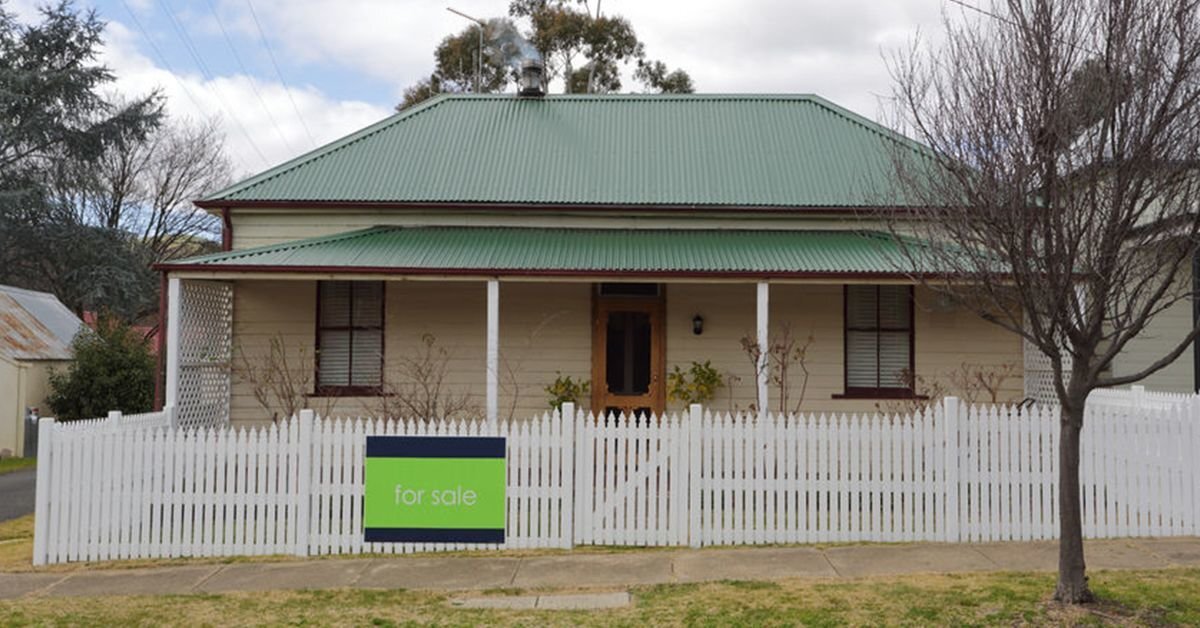The recently released ABS Housing Finance report for June has indicated that first-home buyers now make up close to 20% of owner-occupier loans.
Currently at 18.1% total share, the first-home buyers’ share rose half a point from the previous month to reach its highest percentage since 2012.
The data reveal an overall 1.6% fall in lending from the previous month, with drops from both investors and owner-occupiers. RateCity research director, Sally Tindall, said the data is showing first-home buyers enjoying a less-crowded and cooling market in the big capital cities.
“First-home buyers are finally getting some time in the sun. There’s space in the market for them to find their feet without having to go toe-to-toe with cashed-up investors.”
An ABS report earlier in the year, that commented on the curb of first-home buyer loans, stated that changes to NSW and VIC first home buyer incentives in July 2017, were the cause for the steady improvement.
While first-home buyers appear to be capitalising on this trend, there is still some concern over the recent policy changes that have inhibited property investor activity.
HIA Senior Economist, Shane Garrett noted, “Investment participation in the housing market plays a key role in delivering new housing supply and is vital to the healthy functioning of rental markets right around Australia,"
"Recent policy and regulatory changes have made it more difficult for investors to participate in the housing market. With our population hitting 25 million, any obstacles to housing supply must be avoided so that the industry can meet our future housing needs"
Warnings have already been heard from CoreLogic Research Analyst, Cameron Kusher, who urged first home buyers to check their surroundings before jumping in the deep end. Kusher cautioned against the appeal of discounted stamp duty rates when housing prices have only recently taken a downturn.
“With values declining and investor demand continuing to trend lower a better option may be to remain on the sidelines somewhat longer as values potentially continue to slide,” he says.
“By doing this you potentially avoid going into negative equity immediately, you potentially buy at a lower price and you have time to save an even larger deposit for your mortgage.”
Caution is always advised for first time buyers or investors, however there is speculation that housing prices are set to remain steady, despite easing price growth.
Chief economist for National Australia Bank, Alan Oster, commented in May, “don’t expect to see your house or apartment or whatever you’re buying to radically fall in the next 12 to 18 months.”
Oster believes that any dip in the market that is the result of reduced investors, will be offset by owner-occupiers as they use a less competitive market space to keep prices flat.

Similar Content
Load more Articles









